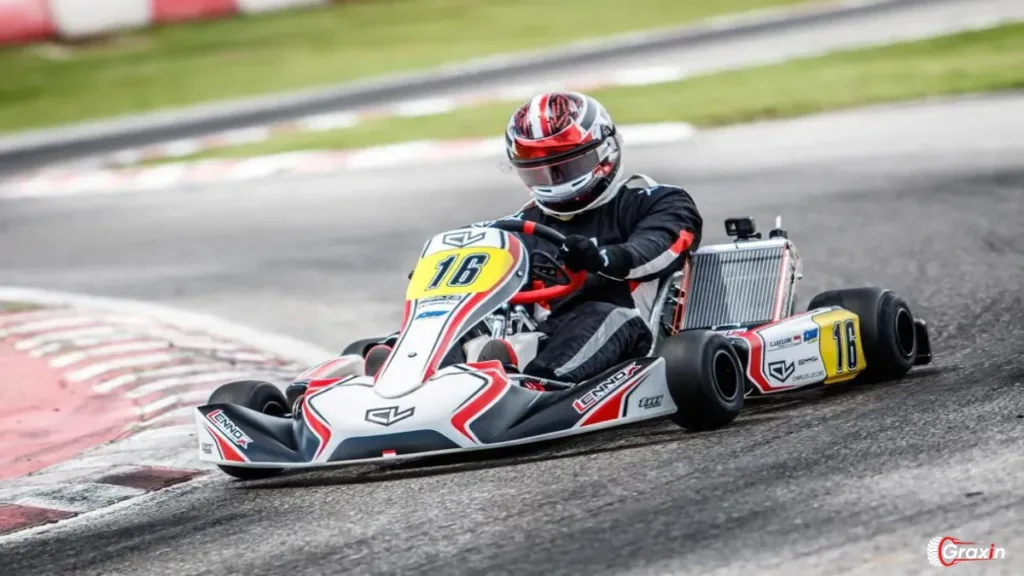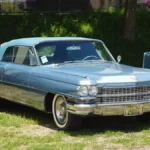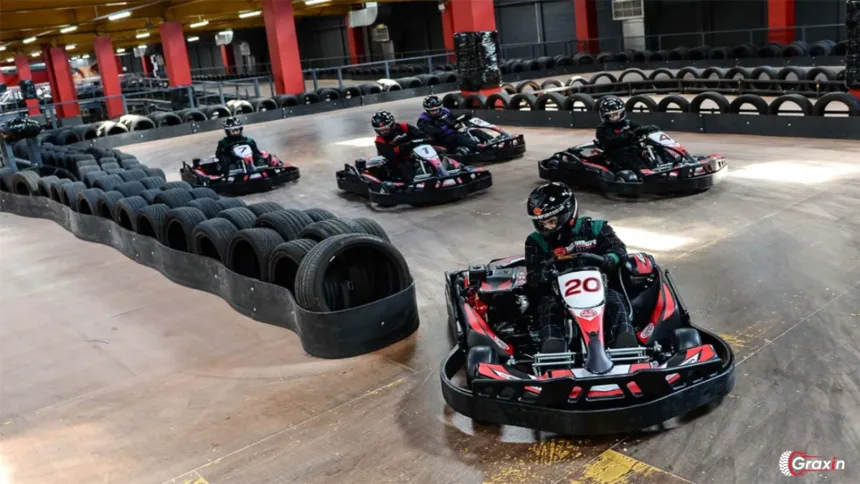Few things get you pumped up quicker than the sound of a gas-powered go-kart engine. Be it a speed enthusiast or an occasional racer, one can’t argue over why people enjoy go-karting. Gasoline go-karts are indeed known for their raw power and an all-munch drive experience. In case you ever wondered what makes this marvel to be so special or how you may get a hold of one, then you have come to the right place.
The History of Go-Kart Racing
Early Development of Go-Karts
It traces its roots back to the late 1950s. Art Ingels, a race car builder in Southern California is accredited to be the founder of the first go-kart. In its early years, it was pretty much a plain machine, using lawnmower engines. But go-karting soon caught the imagination of the whole world.
Evolution of Gasoline Go-Karts
As the go-kart became the rage, gas-powered became the standard in go-karting. The crude early stages of the gasoline engines used in the karts developed into high-performance machines that could attain very high speeds.
What Are Gasoline Go-Karts?
Gasoline go-karts are four-wheeled vehicles that are the size of a tiny car with an internal combustion engine that runs on gasoline. Unlike electrical go-kart races, the gasoline ones offer more power and a longer run time, ideal for competitive racing but also for recreation.
How Gasoline Go-Karts Work

The Engine Behind the Speed
The heart of any gasoline go-kart is its engine. Most karts usually come with a small, high-revving engine that can go as fast as 60 mph on a given model. The two- or four-stroke system these engines work on will directly decide the overall performance and maintenance factors of the kart.
Fuel and Power Delivery
Fuel efficiency and power delivery are key to a gasoline go-kart’s performance. While they consume more fuel than their electric counterparts, the thrill of managing the power curve is part of what makes driving them exciting.
Why Choose Gasoline Go-Karts?
Gasoline go-karts give much more of a realistic and thrilling feeling of driving. Under you, the sound of the roaring engine, smells of fuel, how responsive the kart is on the track, are the features that make gasoline-powered models very popular with enthusiasts.
Key Features of Gasoline Go-Karts
Engine Specifications
Gasoline go-karts come in various engine sizes, typically ranging from 50cc to 250cc. A bigger engine means more power, but it also comes with the need for more skill to control the kart effectively. For beginners, a 100cc or 125cc engine offers a balanced mix of power and control.
Chassis and Build Quality
The chassis of a gasoline go-kart is designed to be lightweight yet durable. Materials like tubular steel ensure both agility and strength, allowing the kart to handle high-speed maneuvers with ease.
Performance vs Electric Go-Karts
Speed and Acceleration
When it comes to sheer speed, gasoline go-karts generally outpace electric ones. While electric models offer instant torque, gasoline karts build speed gradually, providing a more intense and engaging experience.
Driving Experience
Gasoline go-karts feel more dynamic to drive due to their engine characteristics. The vibrations, engine sounds, and manual control create a more immersive driving environment, which is a big part of their appeal.
How to Choose the Right Gasoline Go-Kart

Budget Considerations
Your budget plays a significant role in determining which gasoline go-kart is right for you. Entry-level models are affordable, but if you’re looking for a kart with more advanced features, such as enhanced suspension or a higher-performance engine, expect to pay more.
Racing vs Recreational Go-Karts
When choosing a go-kart, consider whether you want it for racing or recreational purposes. Racing karts typically have more power and advanced features, while recreational karts are designed for casual fun.
Safety Tips for Gasoline Go-Karting
Essential Gear and Equipment
Safety should always come first in go-karting. Helmets, gloves, racing suits, and padded seats are non-negotiable. A quality helmet is particularly crucial, as head injuries are the most serious risk in go-karting.
Maintenance Tips for Longevity
Regular maintenance is key to keeping your gasoline go-kart in top shape. Check the engine oil, inspect the tires, and ensure the fuel system is clean before each ride. Simple maintenance can extend the life of your kart significantly.
The Thrill of Competitive Go-Kart Racing
Go-karting is such an exciting sport. Most competitions become friendly to gasoline-powered karts due to perfect performance and speed. Such racing does not only occur in local circuits but also nationals. A gasoline kart has that challenge and thrill races desire for its racers.
Popular Gasoline Go-Kart Models
The powerful gasoline go-karts are BirelART 125cc, CRG KT2, and Tony Kart Racer 401 R. These go-karts differ from others for their excellent construction; they provide speed and responsiveness to so make them highly popular among karting drivers.
Maintenance and Upkeep for Gasoline Go-Karts
Regular Servicing
It is on your side to ensure that your kart should be serviced regularly to run freer. Regularly change the oil, clean the air filter, and check the fuel lines from time to time. It should also be a track of the tire pressure to keep it within performance at the track.
Fuel and Oil Management
Managing your fuel and oil levels is vital. Gasoline go-karts require high-quality fuel to run efficiently, and the engine oil needs to be replaced after every few runs, depending on the usage.
Environmental Impact of Gasoline Go-Karts
Gasoline go-karts, like all vehicles running on fossil fuels, do have a carbon footprint. However, efforts are being made to improve their environmental impact through better fuel efficiency and cleaner engine technologies.
The Future of Gasoline Go-Karts
With the rise of electric vehicles, gasoline go-karts may face more competition in the future. However, the unique driving experience they offer ensures they will remain a staple in the karting world for years to come.
Conclusion: Why Gasoline Go-Karts Are Still the Best Choice
The gasoline go-karts provide the best, most authentic, exciting experience as close to real racing as possible. Their better speed and power, combined with immersive driving, help set up an excitement that electric go-karts are never able to match with.
FAQs
- What’s the top speed of a gasoline go-kart?
Gasoline go-karts can reach speeds of up to 60 mph, depending on the model and engine size. - Are gasoline go-karts safe for kids?
Yes, but children should only drive go-karts specifically designed for their age group and always under supervision. - How often should I service my gasoline go-kart?
It’s best to service your go-kart every 10-15 hours of use, focusing on engine oil, tire pressure, and fuel lines. - What’s the difference between two-stroke and four-stroke go-karts?
Two-stroke engines offer more power and speed, while four-stroke engines are easier to maintain and more fuel-efficient. - How long can a gasoline go-kart run on a full tank?
A gasoline go-kart can typically run for 1-2 hours on a full tank, depending on the engine size and driving conditions.
Also Read: 2002 Honda Accord: Review of Features, Reliability, Performance







